SlipperFan
Addicted
What a spectacular universe we have! Thanks for showing it in a way we can't normally see.

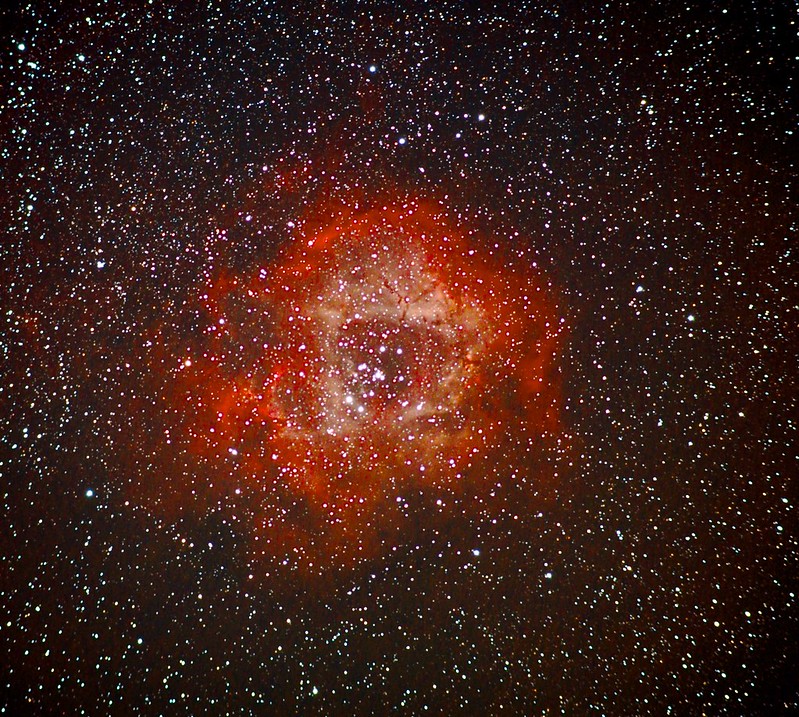
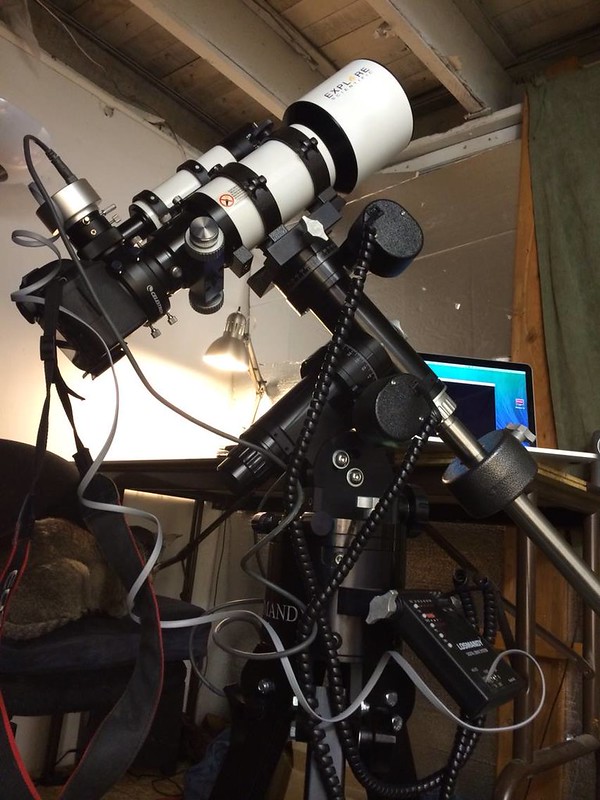
Wow, you haul that baby out into the woods! Throw that into your backpack :rollhappy:
Awesome results though
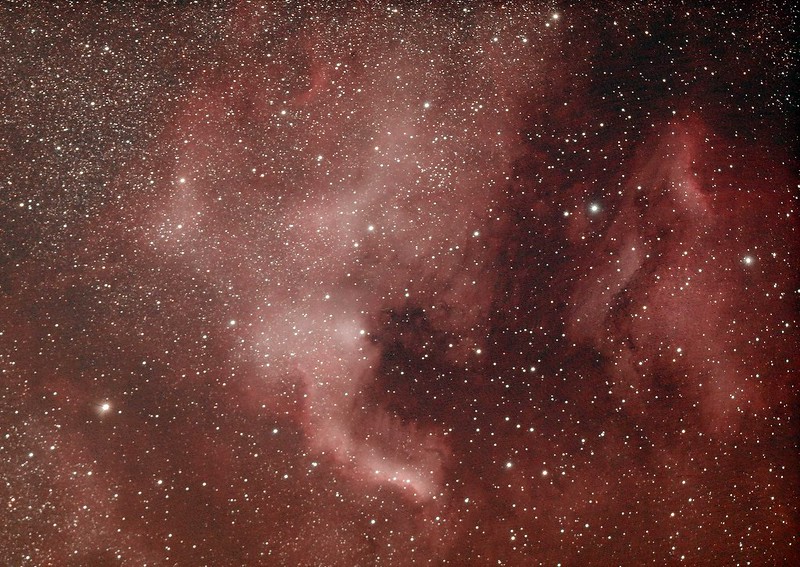
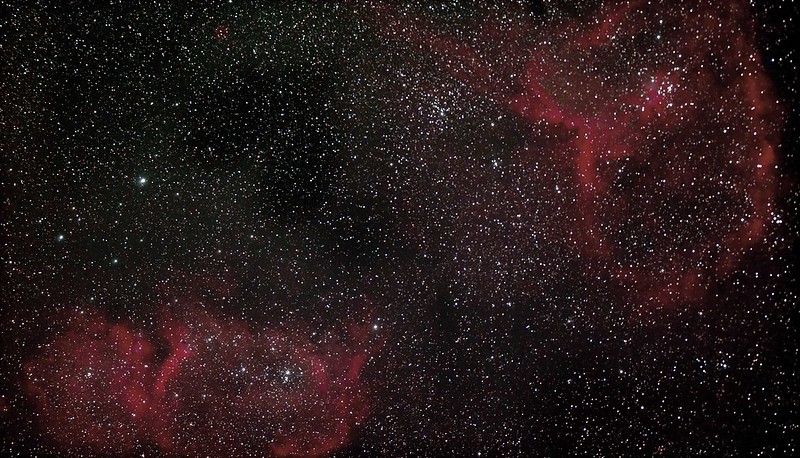
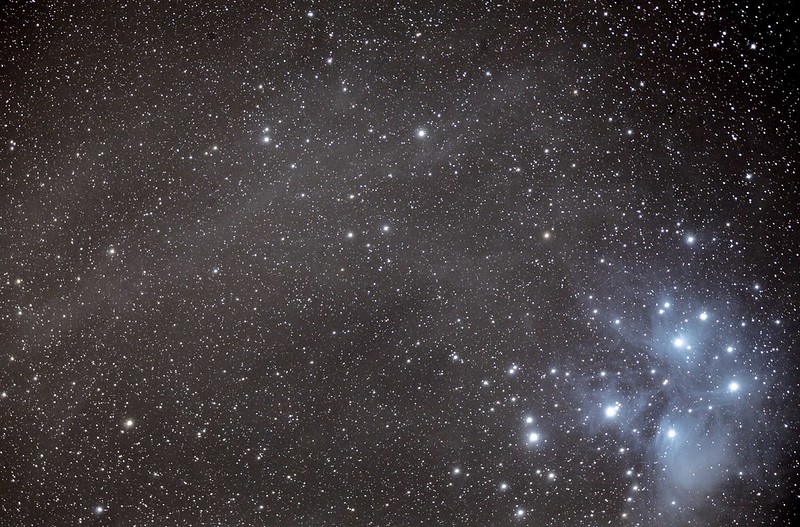
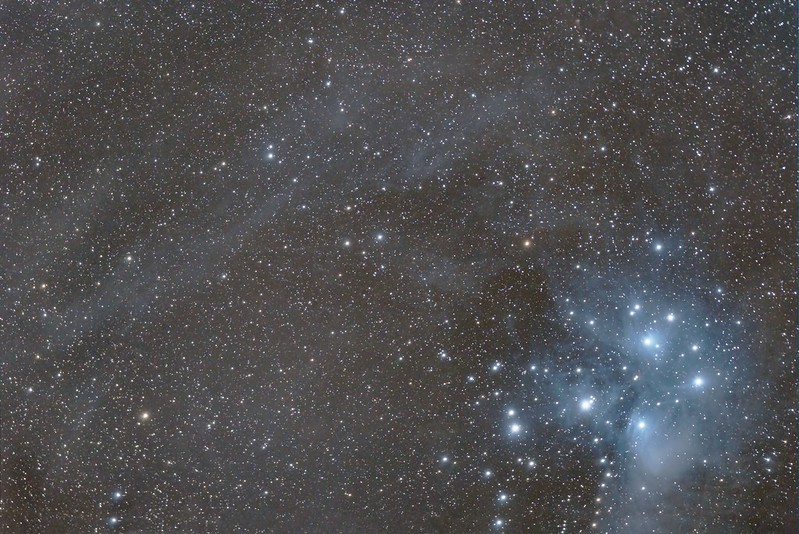
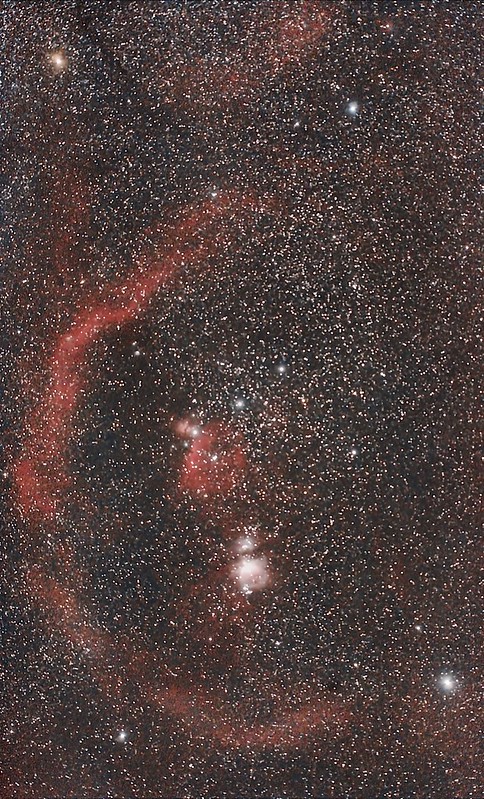
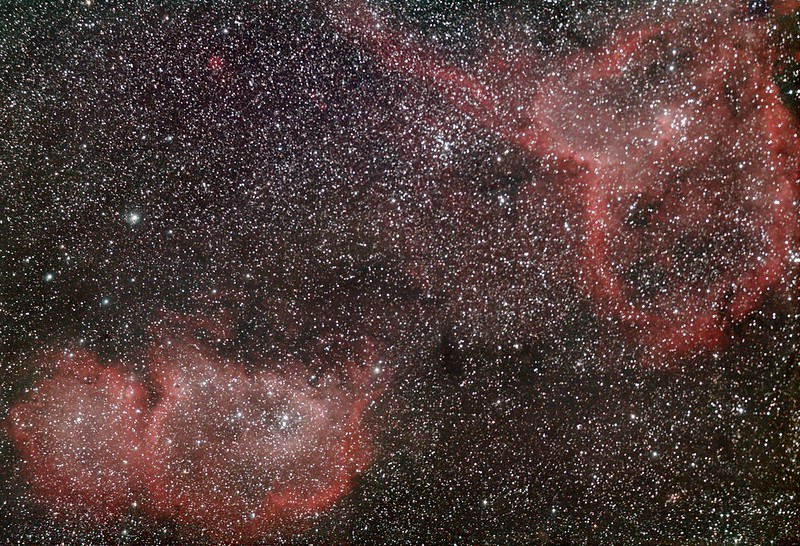
So, Ed, are you going to look for the new planet?
Enter your email address to join: